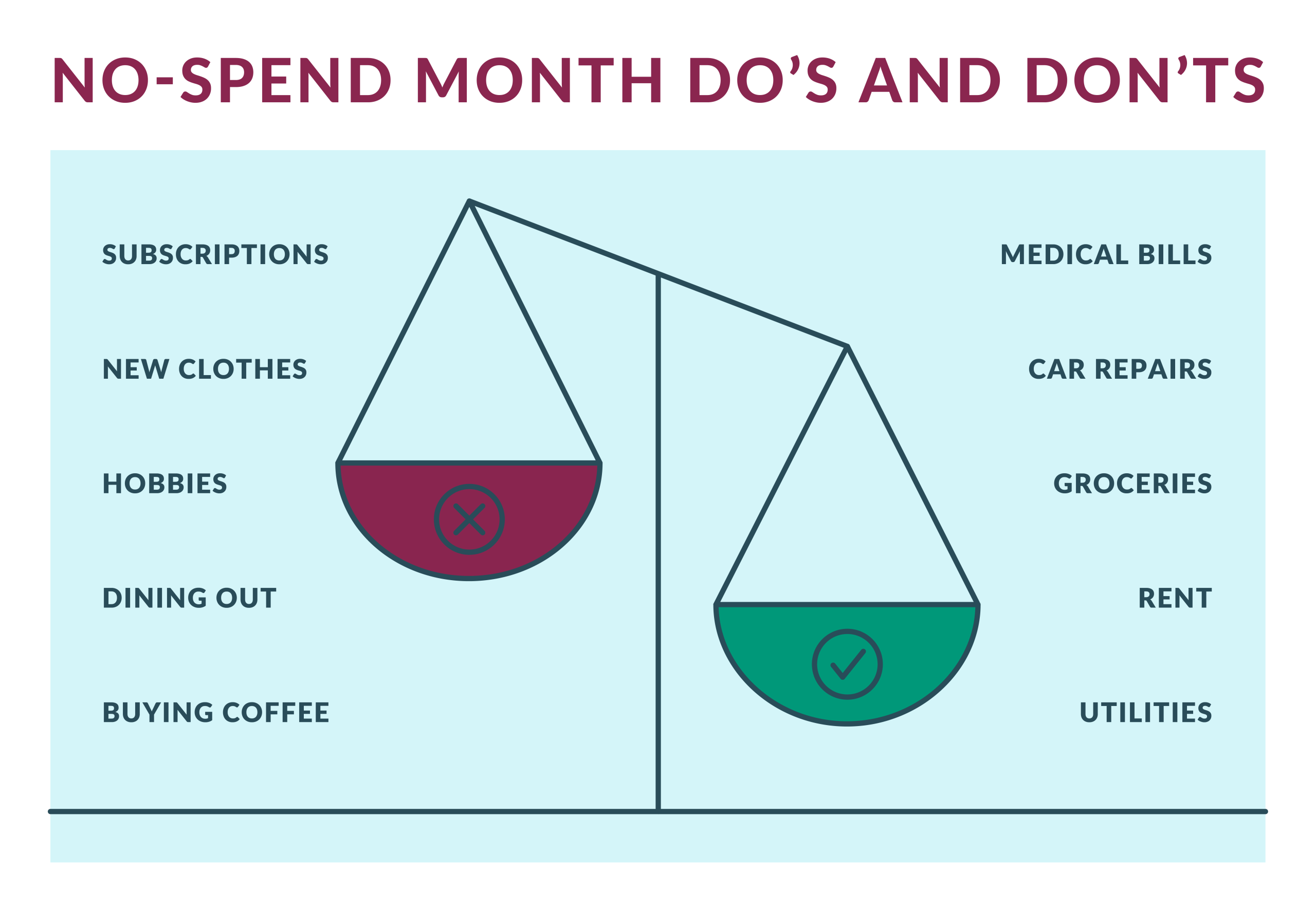Anúncios
For many Americans, dealing with debt becomes a serious complication. Finding effective debt payment methods is essential to avoid bigger problems, such as default and damage to your credit score.
In this article, we list some of the main debt payment methods and choose the one that best suits your needs and economic reality.
Knowing all the options available in the market and finding the right method to pay off debts that fits your profile is the first step towards financial freedom.
Get to know the debt avalanche method
The debt avalanche method is a popular approach to paying off debt in an efficient way because it seeks to minimize your interest costs.
This strategy prioritizes paying off the debt with the highest interest rate while making minimum payments on the other debts.
Once you pay off the debt with the highest rate, you move on to the next most expensive debt, and so on. Interesting, isn’t it? You might try using it in your case.
What is it and how does it work?
The debt avalanche method focuses on long-term savings. The logic is very simple: by eliminating the debts with the highest interest rates first, you will pay less over time.
In practice, it works like this: let’s assume you have three debts, a credit card with 20% annual interest, a personal loan with 10%, and a student loan with 5%.
With the avalanche method, the priority would be to pay off the credit card, then the personal loan, and finally the student loan.
When is it recommended?
This debt payment method is recommended for people with multiple debts with varying interest rates who want to save on total interest payments.
It is also ideal for those with financial discipline, as results take time to appear since the more expensive debts usually have larger balances.
Main advantages
The main advantage of the debt avalanche method is that it greatly reduces the total amount paid in interest.
By focusing on the more expensive debts first and then the simpler ones, you minimize long-term costs, which can be financially more advantageous.
Disadvantages of the method
A downside to this debt payment method is that it may not offer immediate rewards.
Paying off a debt with a larger balance and a high-interest rate can take time, which might demotivate some people.
Therefore, the lack of quick small rewards makes this method less appealing to those seeking immediate satisfaction.
Debt snowball method
Another popular strategy is the debt snowball method, which focuses on paying off the smaller debts first, contrary to paying the larger ones.
The goal of this method is to create a positive psychological effect, where paying off small debts encourages you to continue the repayment process.
What is it and how does it work?
With the debt snowball method, you make the minimum payment on all your debts but concentrate extra resources on the debt with the smallest balance.
Once this debt is paid off, you direct the amount that was being paid to the next smallest debt and so on. This way, you gradually pay off your debts from the smallest to the largest.
When is it recommended?
This method is recommended for those who need extra motivation to continue paying off debts.
By quickly eliminating smaller debts, you feel like you’re making progress, which can be a great incentive to stay focused on payments.
Advantages
The biggest advantage of the debt snowball method is the psychological factor.
After all, paying off smaller debts quickly gives you a sense of accomplishment and can boost your confidence that it’s possible to get out of debt.
Disadvantages
The downside of this method is that you might end up paying more in interest over time.
Since the focus is on smaller debts and not those with the highest interest rates, the balance of your larger debts will continue to accumulate more interest.
What other ways are recommended for paying off debt?
In addition to traditional methods like avalanche and snowball, there are other debt payment methods that may be useful depending on your financial situation.
We have compiled some alternatives that can help you pay off your debts more efficiently.
Debt consolidation loan
Debt consolidation involves taking out a new loan to pay off all your existing debts.
This new loan typically has a lower interest rate, allowing you to simplify your payments into a single monthly bill.
Thus, one of the main advantages of a debt consolidation loan is simplification.
When you consolidate multiple debts into one, it also makes financial management easier and reduces the total amount paid in interest.
For those who choose this method to pay off debts, it’s important to be mindful of the new loan’s fees and conditions.
However, if the interest rate isn’t truly advantageous, it might not be worth it. There’s also the risk of accumulating more debt if you continue using your credit cards after consolidation.
Balance transfer card
Another interesting option is transferring balances to a credit card with low or zero promotional interest rates for a certain period.
By transferring the balance from your high-interest cards to a card with a special offer, you can save a lot while paying off your debt.
Therefore, the biggest advantage of this debt payment method is the opportunity to pay off your debts without the pressure of high interest, especially if you manage to pay off the balance before the promotional period ends.
On the other hand, if you fail to pay off the transferred debt before the promotional rate ends, you’ll face high interest.
Balance transfer fees are common and can increase the total amount of your debt if not used cautiously.
Debt management plan
If you struggle to manage your debts on your own, you might consider setting up a debt management plan.
These plans are offered by credit counseling agencies and involve negotiating better payment terms with your creditors.
The debt management plan offers professional support, which can be a relief for those feeling overwhelmed.
Agencies may be able to secure lower interest rates or even eliminate certain fees.
However, this debt payment method usually requires you to close your credit accounts during the repayment period, which can temporarily affect your credit score.
Don’t forget that there are fees associated with these agencies’ services.
There are several options for debt payment methods, each with its own advantages and disadvantages.
The debt avalanche and debt snowball methods are effective for those who want to get out of debt, while solutions like debt consolidation and balance transfers can provide immediate financial relief.
Choosing the best method to pay off debt will depend on your current financial situation, your long-term goals, and your willingness to stick to a strategy until all debts are paid off.






